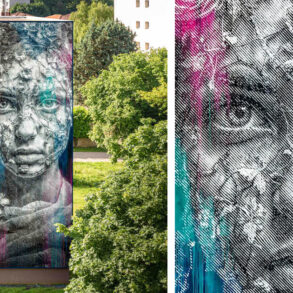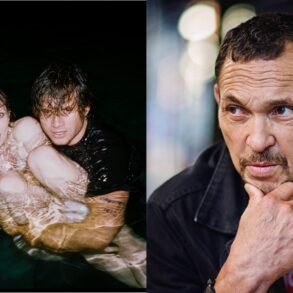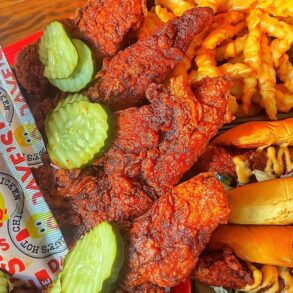
SEATTLE — Casey Cain opened a dictionary, and the first word he saw was “Eager.”
He says it was that moment when he picked his now-notorious graffiti tag, which has been spray painted thousands of times on public and private property across Seattle for years.
Cain, 38, has faced several felony charges in the last two years, with prosecutors estimating his tagging has caused hundreds of thousands of dollars in damage.
But Cain says he now has a new project – cleaning up graffiti.
“I didn’t know it was that big of a deal, but now that I know, I know what I can do for it,” Cain told KOMO News in an interview on Thursday.
RELATED | ‘Prolific’ tagger must spend 80 hours cleaning up graffiti in Seattle
Cain is joining his friend, former graffiti tagger Jay Volkman, in a new graffiti-removal business called ‘The Buffman’.
“When something gets erased on the wall, the buff man got to it,” Volkman said, noting how he came up with his company’s name. “People can have their doubts, but the proof will be in the pudding. We’re not afraid to get out there and do it.”
The crew spent the day cleaning up a large tag off a building in Seattle’s Chinatown-International District.
“Personally, I know we can do a better job because we know how it works,” Volkman said.
Graffiti has been a controversial issue in Seattle and a personal gripe of Mayor Bruce Harrell.
“Not only does tagging and graffiti detract from the vibrancy of our city, there are tangible impacts on communities targeted by hate speech, small business owners whose shops are defaced, and residents who rely on City signage for information and guidance,” Harrell said when he launched his graffiti initiative in 2022.
RELATED | Graffiti suspects booked as Seattle promises increased enforcement
Since then, Seattle has spent millions cleaning up unwanted graffiti and attempting to deter vandalism through community outreach. According to city data, there were more than 29,000 requests received by the city related to graffiti cleanup in 2024.
Prosecutors have also stiffened their stance on graffiti tagging, charging dozens of felony cases in King County in last year against taggers accused of defacing public and private property. Cain was ordered to spend 80 hours cleaning up graffiti as part of a plea agreement on a felony malicious mischief case in 2024.
RELATED | Prolific graffiti suspect back in jail on new charges of vandalizing buildings in Seattle
Cain suffered a serious accident in 2024 and was in a coma. He’s still recovering but says he wants to change the face of graffiti in Seattle.
“My advice to others is to stay away from tagging on businesses,” Cain said. “They’ll probably want to pay you to add something nice. I’m teaching them a way how to make it work for them.”
Cain, Volkman, and other artists believe the city should offer an outlet for graffiti.
“With all that money being spent, there still is a lot of tagging,” Volkman said. “Give people second chances and be open to the idea of joining forces or collaboration. We’ve got to move forward and try.”
Volkman pointed to other cities that offer designated graffiti areas.
“To find the middle ground, I don’t think it’s that hard,” he said. “As with any medium, you just need an area to practice and hone your craft. Up until now, it’s just been ‘where do you practice graffiti?'”
This post was originally published on this site be sure to check out more of their content.








